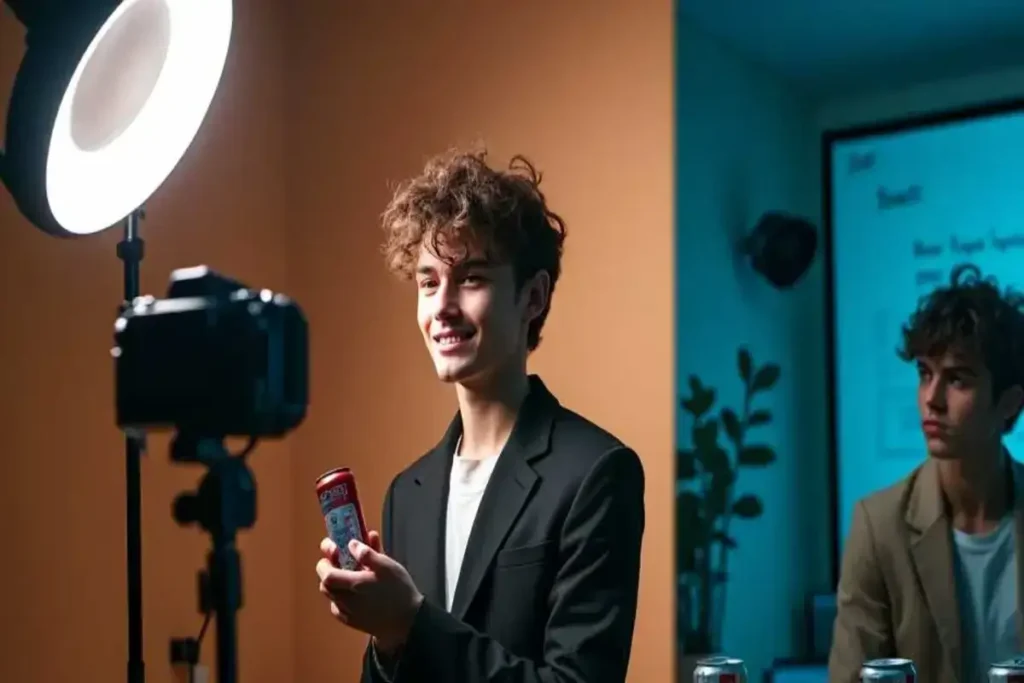In the digital age, social media influencers have become modern-day celebrities, commanding massive followings and shaping trends across various platforms. However, with great power comes great responsibility—or, in some cases, a complete disregard for it. The term “InfluncersGoneWild” has emerged as a catchphrase to describe the increasingly reckless, controversial, and sometimes unethical behavior of online influencers in their pursuit of fame and fortune.
The Rise of Influencer Culture
Social media has transformed the way people interact, consume content, and make purchasing decisions. Platforms like Instagram, TikTok, and YouTube have given rise to influencers—individuals who leverage their online presence to build personal brands and monetize their content. With lucrative sponsorship deals, ad revenue, and exclusive partnerships at stake, influencers often go to great lengths to capture the attention of their audience. While many create meaningful and entertaining content, others take it to extremes, engaging in questionable activities to maintain relevance.
Controversies and Scandals
The phrase “InfluencersGoneWild” is often associated with influencers who cross ethical lines, engage in reckless behavior, or become embroiled in controversies. Some common issues that lead to influencers going “wild” include:
- Dangerous Stunts for Clout – To gain views and followers, some influencers participate in hazardous challenges, extreme pranks, or illegal activities. From trespassing on private property for content to performing risky stunts without proper safety measures, these actions can lead to real-world consequences, including arrests or injuries.
- Fake Luxuries and Exaggerated Lifestyles – Many influencers project an extravagant lifestyle that may not reflect reality. Some rent luxury cars, fake brand sponsorships, or even use Photoshop to make it seem as if they are traveling to exotic locations. This creates unrealistic expectations for their followers and often leads to exposure when the truth comes out.
- Scams and Fraud – Some influencers have been caught promoting fraudulent schemes, from cryptocurrency scams to fake giveaways. Their massive influence allows them to easily deceive thousands of followers into investing money into projects that never materialize, leading to financial losses for unsuspecting fans.
- Tone-Deaf or Offensive Content – In an attempt to stay relevant, some influencers create content that is culturally insensitive, offensive, or outright controversial. Whether it’s mocking serious social issues, appropriating cultures, or making inappropriate jokes, such content can spark backlash and damage their reputations. These are clear examples of InfluncersGoneWild behavior.
- Manipulating Followers with Clickbait and Drama – Some influencers resort to fabricating drama, fake breakups, or exaggerated personal crises to generate engagement. This type of content exploits the emotions of followers and often creates a toxic online environment. The spread of InfluncersGoneWild scenarios continues to be a major concern.
The Consequences of Reckless Behavior
While some influencers thrive on controversy, many face severe consequences for their actions. Brands often cut ties with influencers involved in scandals, leading to loss of sponsorships and revenue. Additionally, platforms like YouTube and TikTok have implemented stricter policies to demonetize or ban creators who violate ethical guidelines. The rise of InfluncersGoneWild behavior has forced companies to reconsider who they partner with.
Moreover, followers are becoming more aware of manipulative tactics and are quick to call out influencers who exploit their trust. Cancel culture, while controversial in itself, has led to several influencers losing their careers overnight due to past or present misdeeds. Those who engage in InfluncersGoneWild antics often find themselves losing credibility and support.
Ethical Influencing: A Better Path Forward
Despite the negative aspects of influencer culture, there are still many content creators who use their platforms responsibly. Ethical influencers prioritize authenticity, transparency, and meaningful engagement with their audience. By promoting positive values and creating honest content, they set an example for the industry and contribute to a healthier online community.
Conclusion
The phenomenon of “InfluncersGoneWild” highlights the dangers of unchecked social media influence and the lengths some individuals will go to for internet fame. While controversy might generate temporary buzz, it rarely leads to long-term success. As audiences become more discerning, the future of influencing will likely favor those who build their brands on trust and integrity rather than shock value and deception.
As social media continues to evolve, the responsibility lies not just with influencers but also with platforms, brands, and audiences to demand ethical behavior and hold those who go “wild” accountable for their actions. See more


